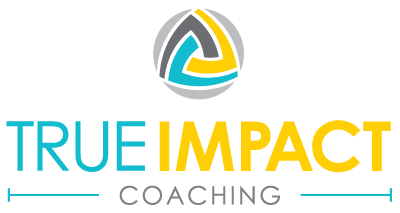WHAT DO YOUR COMMUNICATION SKILLS SAY ABOUT YOU? 7 TIPS TO HELP YOU BE A MORE SUCCESSFUL LEADER
Whether you are leading an entire organization, supervising a department or heading a project team, your ability to communicate effectively will make a big difference in your success.
Strong leaders are strong communicators, adept at the art of conversation. They aren’t just good talkers, they are great listeners as well. Whether directing their staff, making presentations, running meetings, soliciting donors, or brainstorming new ideas, successful leaders use their skills to realize the outcomes they want.
Are you using your communication skills to their full potential? Are your professional interactions developing the relationships and results you are hoping for?
Let’s review a quick checklist of some key aspects of great communication.
1. Laser speaking – conveying your message with impactful language. Many people don’t really think before they speak and therefore get caught up in storytelling or start to ramble. Sound familiar? Try laser speaking – think about what you want to say, consider how your message will “land” on the person(s) you are speaking with, use concise and powerful words, and avoid “ums” “errs” and “you knows.” Use your words purposefully and then evaluate how your message impacts the listener.
Laser speaking is especially effective in communicating with groups and teams. It maximizes everyone’s time to participate in the conversation and encourages alertness during the meeting. It also really helps in keeping one person from dominating the conversation.
2. Active and mindful listening is the core of great conversation, but it’s so seldom practiced.
Most people do not listen with the intent to understand. They listen with the intent to reply.” Stephen R. Covey
Effective listening is much more than hearing. It means total focus on the person who is speaking. Note silences, breathing, eye contact, body language, intonation and kinesthetic language references – does the speaker use “see,” “feel” or “hear” references. You can establish a deeper rapport with the individual or the group by sharing these common language references.
Maintain total focus on the conversation at hand by eliminating your distractions. And that means cell phones have no place in a one-on-one conversation or a meeting. Nothing can disrupt a conversation faster or appear ruder than a person who is constantly glancing at his phone or texting under the table. It’s one of my pet peeves!
3. Keep conversation moving from present into the future – don’t get bogged down in the past where storytelling gets in the way of keeping the momentum of the conversation moving forward toward an effective outcome.
4. Ask powerful questions that evoke illuminating responses. Avoid closed questions that invite “yes” or “no” answers. Instead, ask the “what” “how” “where” “when” questions that invite an active response, keep the conversation moving, and promote idea sharing.
5. Make effective requests in which people understand exactly what you want of them. The formula is easy – say what you want, when you want it, from whom and how the request will be met.
6. Do not accept vague responses like “I’ll try” “I’ll get to it as soon as I can” “I’ll look into it,” or ‘I’ll see what I can do.” And my personal favorite “I’ll do the best I can.”
7. Confirm your understanding. Whether your request has been accepted or denied, or you have to negotiate a counter offer or you receive a promise to consider the request, confirm the conditions of the conversation, and determine any follow-up that is needed.
Try weaving these seven simple skills into your interactions with colleagues, staff, board members, and clients, and see how quickly and easily they can help you communicate more effectively and develop your leadership potential.
